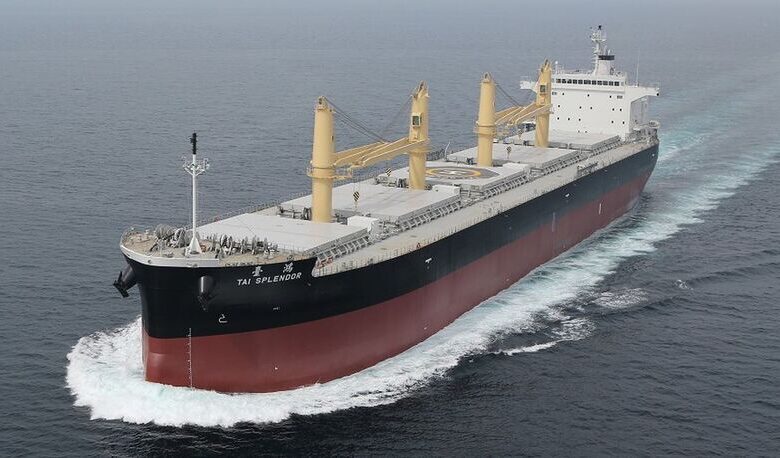How to improve EEXI and CII ratings on bulk carriers

This event, sponsored by NAPA, was held 29 June 2023 during Riviera’s Bulk Carrier Webinar Week, when owners and operators face the first year of CII compliance.
On the webinar panel were: DNV Maritime vice president and global business director for bulk carriers Morten Løvstad, NAPA senior research and innovation manager for shipping solutions Roberto Vettor and Aurelia Green Ship Concept Design naval architect and marine engineer Maximiliano Mavica.
Mr Løvstad said older bulk carriers will need to be retrofitted with energy-saving devices and voyage optimisation used to meet IMO’s energy efficiency index for existing ships (EEXI) and CII.
He said more than 60% of the global bulk carrier fleet will require measures to improve the CII rating to remain compliant and competitive through to 2030. This will be higher if IMO tightens the carbon intensity requirements further.
“A significant number will need engine or shaft power limits to meet the EEXI, with many reducing maximum speed by at least 2 knots,” Mr Løvstad said.
When CII is calculated for this year and 2024, 40-60% of the worldwide fleet of bulk carriers will have ratings of D or E, meaning owners would need to change their operations to improve this to C rating or better.
Owners need to consider reducing fuel consumption and energy use through operational and logistics changes, weather routeing, speed optimisation, efficiency devices, alternative fuels or becoming wind-assisted ships.
“As there is still a lot of development in alternative fuels, most large bulk carriers will be on conventional fuels, so owners should look at reducing fuel consumption,” said Mr Løvstad.
“Ships of 10-15 years may need to reduce speed to 9 knots to comply with CII. With ships of five years or less, there is less need to implement measures to 2030 as they can remain on C rating in most cases, depending on waiting times in ports.”
CII ratings will have an affect on ship values as an A rating would have a premium of 7%, while an E would mean ship prices would be discounted by 12%.
Mr Løvstad said owners need to form a decarbonisation roadmap for each vessel and a strategy for compliance or improving CII to include using energy-saving devices, drydockings, changing to biofuels, reducing speed and retrofittings.
“Most ships on conventional fuels will be optimised for lower speeds of 10-12 knots versus 13-14 knots, while energy-saving devices will be installed and biofuels would be an option,” Mr Løvstad said.
